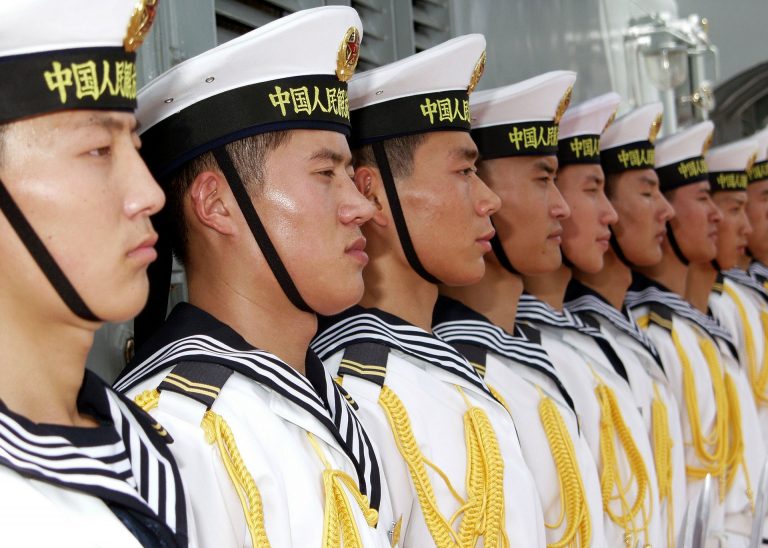One of the most explicit ways of measuring the potential military capability of a nation is its expenditure on defense. With its growing desire to become a global superpower, China’s expenditure on defense has increased year over year. Its military, the People’s Liberation Army (PLA), has undergone massive reforms.
Data analysis by the Stockholm International Peace Research Institute (Sipri) Military Expenditure Database shows that there has been a six-fold increase in China’s defense spending over the past two decades. It has soared from $41.2 billion in 2000 to $244.9 billion in 2020.
The money invested by the communist regime in its military is now 50 percent greater than all 10 members of the Association of South-East Asian Nations (ASEAN), the most recent Asia Power Index reported.
In 2021, the U.S. was the most powerful country in the Asia-Pacific region; its overall power increased this year. After gradually increasing influence on the Index in the past few years, China came in second place, the annual report by the Lowy Institute disclosed.
“The pandemic has really affected most countries in terms of their ability to shape and respond to their external environment, but the United States has actually gained in its comprehensive power for the first time since 2018… China will never be as dominant as the United States once was, but we are really set for a sort of bi-polar century in the Indo-Pacific … more reliant on the whims of both the United States and China,” Lowy Institute’s director of research, Herve Lemahieu, told ABC.
Success
You are now signed up for our newsletter
Success
Check your email to complete sign up
The focus on Beijing’s rising military expenditure comes as confidential American intelligence reports indicate that Equatorial Guinea in central Africa might allow China to set up its military stronghold in the Atlantic Ocean. The Wall Street Journal reports that this would allow Chinese warships to rearm and refit opposite the East Coast of the U.S. and its busy shipping routes, leading to more friction between Washington and Beijing.
According to the Global Times, Communist China increased its defense budget by 6.8 percent in 2021, faster than the 6.6 percent growth last year. When it comes to overall power, China greatly stands above all other nations in the region. The authors of the Asia Power Index noted that Asia was becoming less multipolar as other countries couldn’t catch up with the top two, U.S. and China. Countries like Japan and India lost significantly more ground in 2021 than China, making them unable to create a multipolar region.
Possessing a considerable economic, cultural, and diplomatic influence, Japan is a “smart power” with minimal resources, the Lowy report said. However, an aging population and declining economy have weakened its dominance in 2021. Associate Professor Shiro Armstrong, Director of the ANU Australia-Japan Research Centre, reported last month that Australia needs to bolster its “already strong” ties with Japan.
“Japan is Australia’s benchmark relationship in Asia… It is the world’s third-largest economy, Australia’s second-largest source of investment and until a fall in commodity trade in 2020, was Australia’s second-largest trading partner… But the Japan relationship must be re-imagined if it is to cope with major challenges that both countries [face] both at home and abroad if it is to survive and thrive in the 21st century,” he said.
Despite being adversely impacted by the COVID-19 pandemic, Indonesia meanwhile crept into the Index’s top 10 for the first time, outranking Singapore as the “most diplomatically influential player” in Southeast Asia.














